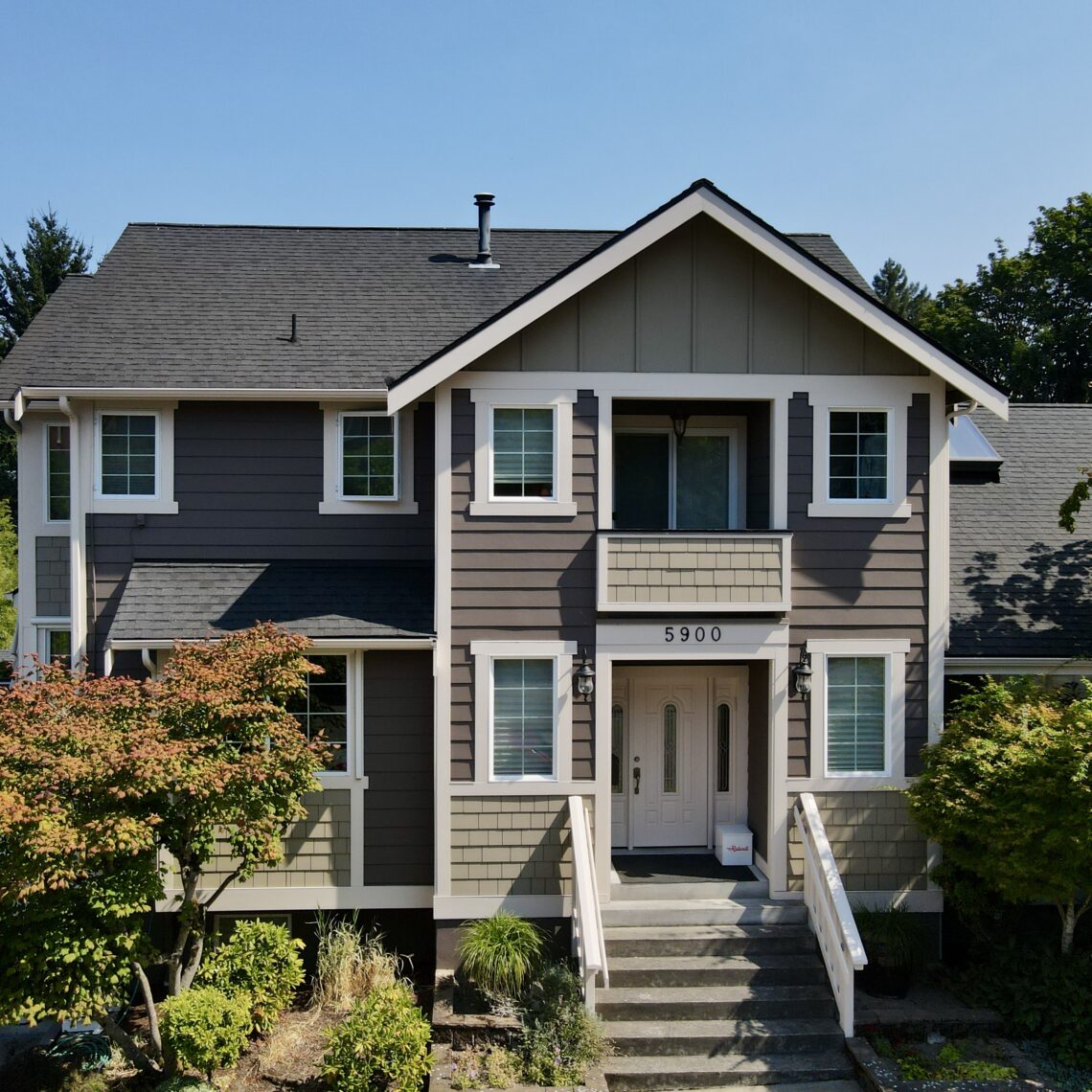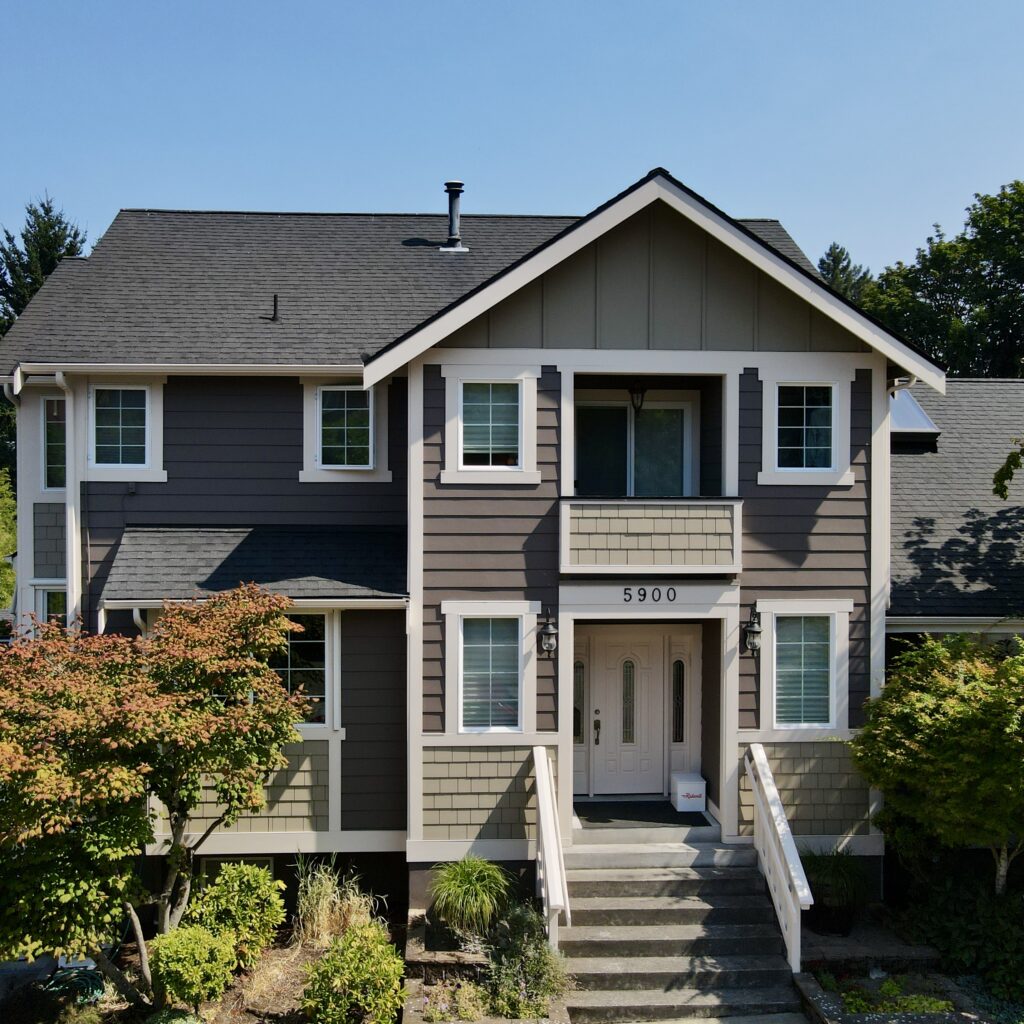(206) 258-6676

Touching up Your Home’s Exterior

Touching up an exterior paint job can be tricky business. Depending on how long ago your house was painted, touching up problem areas without extra care can lead to flashing (uneven sheen of paint). In fact, if your house was painted several years ago, even a careful touch-up job may result in flashing due to the aging of paint over time.
Inspection
We recommend that our clients complete a thorough inspection at least once a year. This is to examine the condition of their home’s exterior paint. In Seattle, it is best to wait until Spring to paint, as the warmer months begin to arrive. The benefits of planning your touch-up work (or if needed, full re-paint) earlier in the year are to have plenty of time to plan/complete your project before the weather becomes unfavorable, and also to help you beat the mid-to-late summer painting rush, at which point you may find most quality painting contractors are fully booked.
When conducting your walk-through, inspect all areas of your exterior for failing/peeling paint or cracked caulking. If your paint job is still under warranty, bring these areas to your painter’s attention. They should be able to fix the problem areas for you, depending upon the terms of your warranty. When you hire Sound Painting Solutions for your exterior paint job, you will receive the peace of mind that comes with a two-year warranty to correct conditions such as this, should they appear.
Preparation
If you are completing touch-up work on your own, we recommend scraping and lightly sanding the areas where you find peeling paint. After that, you should apply primer to the now-exposed area. Finally, apply your exterior paint seam-to-seam or throughout the entire board. This is especially important – do not only simply apply paint to the area you scraped! This helps minimize the appearance of flashing. Should you discover cracking caulking, re-caulk the problem area, and then prime and paint over the area as described above.
For more details regarding touching up your exterior paint job, we recommend reading this excellent article by Houzz contributor Christine Tusher. Check out a snippet of the article below.
How to Touch Up Your Home’s Exterior Paint
A pristine exterior paint job not only increases your home’s curb appeal; it also helps protect its trim, flashing and siding from damage from the elements. That’s why maintaining your paint is so important — letting it bubble and flake between paint jobs can end up harming your house.
Fortunately, you can prevent damage with annual paint touch-ups. Here’s how to do it right.

Comments
This is a helpful resource for homeowners looking to tackle touch-up projects on their house exterior! Sound Painting Solutions’ reminder to perform annual inspections to identify potential problems is a great tip. Catching small issues early can prevent more extensive (and expensive) repairs down the road.
The blog post mentions the importance of using a primer before applying touch-up paint. Could you elaborate on specific types of primer that are best suited for exterior applications? Are there different primers recommended depending on the material of the siding (wood, vinyl, etc.)?
Knowing the right primers to use will ensure a strong bond and a long-lasting finish for the touch-up paint.
Thanks for commenting! We recommend spot-priming the raw wood/exposed areas, and latex primer will work on almost all surfaces except for brick or cedar. In that case, I recommend a masonry primer for concrete/brick and an oil-based primer for cedar.
Touch ups are a much better option for exterior paint, considering what a big job it is to paint a whole entire house. Makes sense to me! Adding it to my services now!